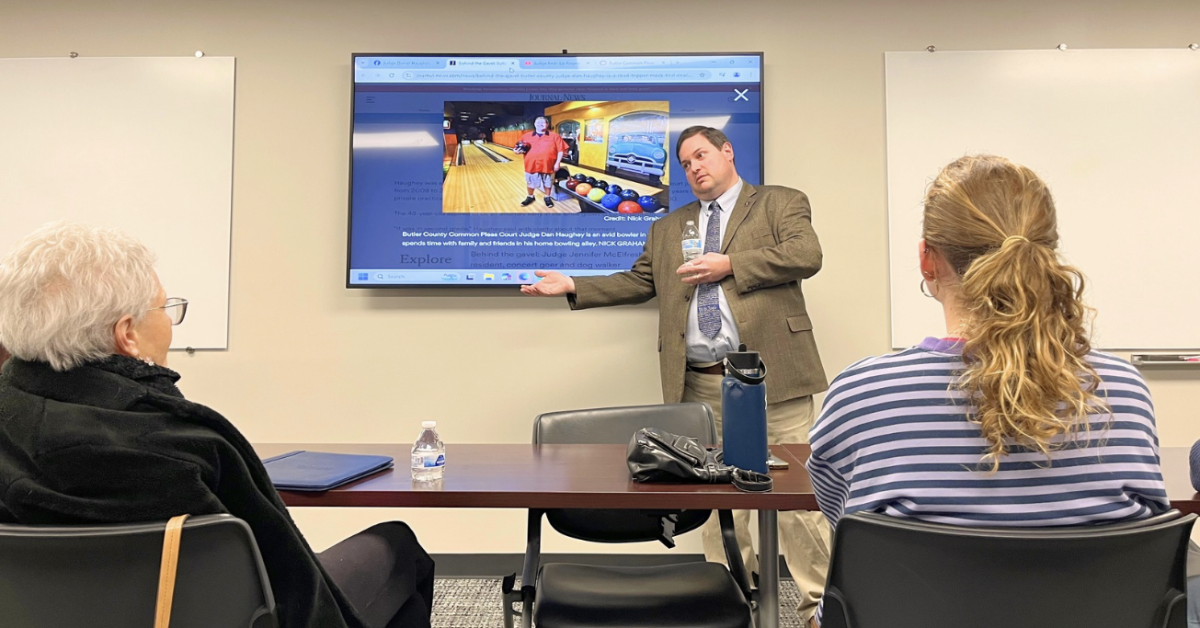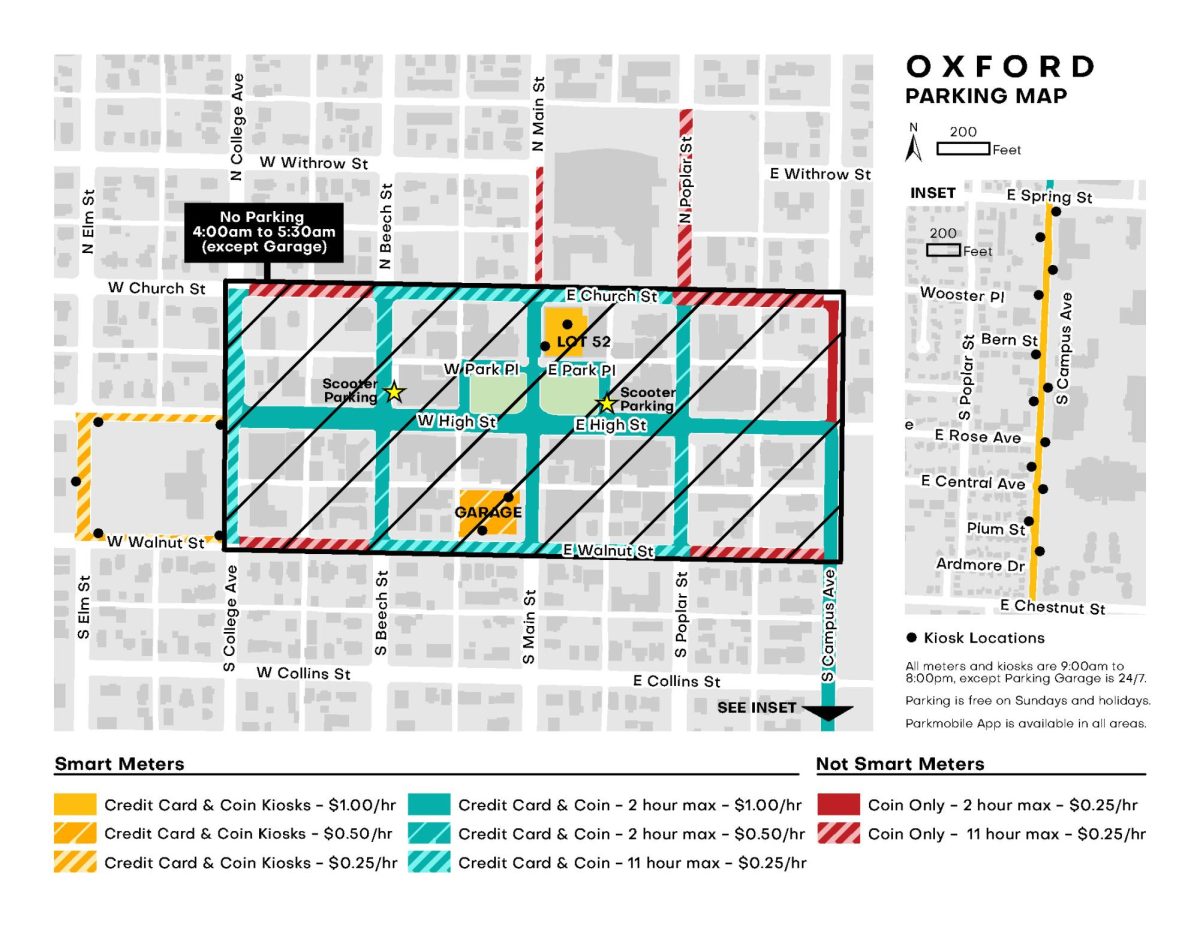With the 2020 census approaching, Oxford is taking steps to make sure they are prepared for the decennial accounting of the nation.
“The goal of the Census is to count everyone once—only once—and in the right place,” Carolyn Tepe, a census bureau representative, said at the June 4th city council meeting.
To help with achieving that goal, City Manager Doug Elliott and Mayor Kate Rousmaniere have formed an informal “Complete Count” census committee to oversee the outreach to Oxford citizens, Elliott said.
The committee includes Elliott and Rousmaniere, as well as representatives from the League of Women Voters and Miami University, Elliott said. It has met three times since the spring, and will ramp up its schedule as the census draws nearer.
It’s Difficult to Count College Students
Elliot believes Oxford poses unique challenges for census taking. Citizens and non-citizens in the U.S. are supposed to fill out the census wherever they are permanently residing on April 1, 2020 Elliot stated. In Oxford, more than two-thirds of the population—Miami students—reside somewhere April 1 that they don’t usually consider their permanent homes, and only live in Oxford around seven to eight months each year.
There are three main groups in Oxford the committee wants to consider for counting purposes, Elliott said: about 7,000 permanent residents, 8,500 off-campus Miami students, and 8,500 on-campus Miami students.
Elliott stated Miami would take care of counting the on-campus students, and that making the off-campus students aware of the census, and that one person has to fill it out for every off-campus house, is the challenge.
“We talked about that in 2010, maybe some students got undercounted,” Elliott said. “The goal is to count everyone in the community so we get the number of people that actually live in each community.”
The Oxford committee plans to put information about the upcoming census on utility bills sent out to residents. Additionally, the city will distribute information in its annual “walkabout” outreach to off-campus student housing at the beginning of the fall semester, Elliott said.
The Way We Count Has Evolved
The Census is mandated by article one, section two of the U.S. Constitution. The first census was conducted in 1790, under Secretary of State Thomas Jefferson, and recognized an American population of 3.9 million citizens, Tepe said.
The census has evolved over the years with evolving technology. In 1970, the first census with mail-back forms was conducted and in 1990, the first census with telephone response was conducted, Tepe stated.
The census evolved further in 2010, when the census’s long form questionnaire was eliminated. Tepe explained the extensive list of questions is now in the American Community Survey, a rolling questionnaire which is taken by 240,000 Americans monthly.
In 2020, the census will allow for online responses for the first time, and the Census Bureau wants as many people to respond that way as possible, Tepe said.
Official tallying will last from August to October 2020. The plan is to deliver counts to the president by Dec. 31, 2020 and to release counts for redistricting by April 1, 2021.
In 2010, by those redistricting counts, Ohio went from 18 to 16 representatives in Congress, due to population growth—up 1.6% to around 11.5 million citizens—that lagged behind the entire country’s 9.7%. Losing two congressional seats also meant Ohio’s votes in the Electoral College declined from 20 to 18, because each state’s votes equal the number of representatives plus the number of senators.
Additionally, the census helps determine the proportions by which various federal funds are distributed to the states.
“We look at it as… the dollars that come straight to the states, and then are divided among our communities,” Tepe said. “And that is to support things such as transportation and roads, public preschool, Head Start, school lunch programs, public health services, SNAP, and WIC, and housing.”





